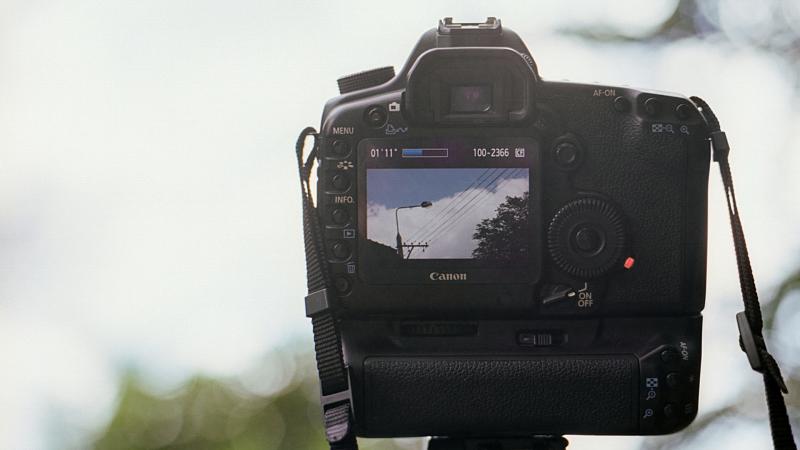
Researchers at Punjab University have developed a sensor pattern noise based method to detect forged videos where one video is copied onto a different video.
The digital age has been slowly spreading with increasing surveillance and other autonomous systems replacing the old manually operated ones. CCTV cameras, head/ vehicle mounted cameras and devices like Go-pro enable live recording of events as they unfold. The videos generated have already had a huge impact on law enforcement, providing clues and evidence to solving a case. They have also assisted other professions like journalism, politics and even military and intelligence operations. However, the main concern with video based evidence is their accuracy. Increasingly, fake videos and morphed pictures have been used for political gains or to mislead a jury. Assisted by the social media platforms where videos can go viral, having huge reach, such forged videos can have a huge impact and as such it has become crucial to detect any changes and forgeries made to video, before making them public.
One of the preferred methods for forgery is through the copy-paste method, wherein the content of a video is altered by copying content from a different video. In their study, the researchers have improved the conventional method of video forensics. They also studied a demosaicing artifact based image forensic scheme, to check the validity of the technique in video forensics.
Next, the researchers set up a neutral testing platform with a set of tampered MJPEG, MPEG-2, MPEG-4 and H.264/AVC videos with varying strength of post-production re-compressions, bitrates, and size of tampered regions to present a real-world scenario. The novel sensor pattern noise based copy-paste detection is an improvement of the current noise-residue based technique, with an average detection accuracy of around 89%-98%, compared to the 64% to 82% of the conventional methods.
“Amidst the continual march of technology, we find ourselves relying on digital videos to proffer visual evidence in several highly sensitive areas. Therefore, in a situation where dependence on video evidence is unavoidable, it becomes crucial to authenticate the contents of this evidence before accepting them as an accurate depiction of reality” remark the researchers, and their study could provide a way to ensure the accuracy of the output.





